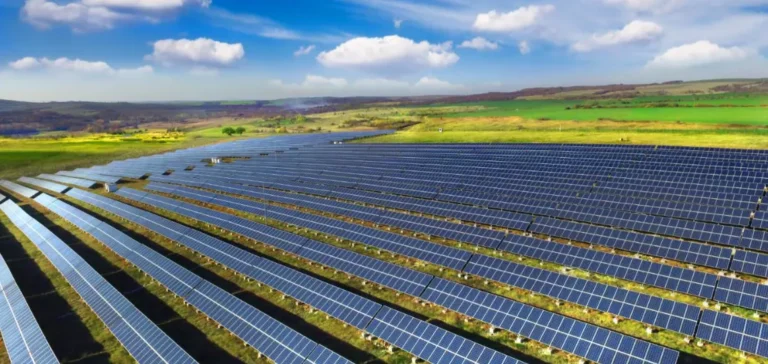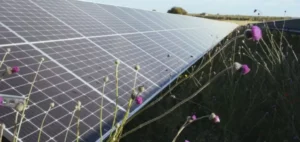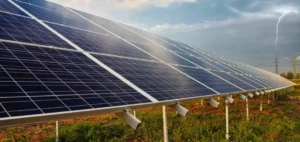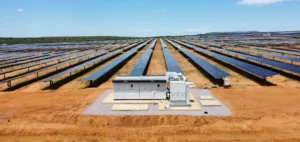Global installed solar capacity reached 380 gigawatts (GW) in the first six months of 2025, a 64% increase compared with the same period in 2024. This trend marks a new record for the sector and confirms the upward trajectory observed in recent years. In 2024, this level of capacity was only reached in September, while in 2025 it was achieved as early as June.
China accounts for 67% of global installations
China strengthened its position as the world’s largest market by installing more than twice the solar capacity of all other countries combined. Representing 67% of global deployments in the first half of 2025, compared with 54% a year earlier, the country more than doubled its installations over the same period in 2024. This rapid growth was partly due to the acceleration of projects completed before new remuneration rules for solar and wind power came into effect in June.
Strong growth in India and stability in the United States
Outside China, solar installations reached 124 GW in the first half of the year, a 15% year-on-year increase. India added 24 GW, up 49% from the 16 GW recorded in the first half of 2024, securing the second global position. The United States ranked third with 21 GW deployed, a 4% increase, despite a less favourable regulatory environment. In contrast, activity slowed slightly in Germany and Brazil.
Progress in Africa despite lack of consolidated data
Across Africa, the trend is also upward, supported by a 60% increase in solar panel imports from China over the past twelve months. However, the absence of official data on local installations complicates a precise assessment of deployment on the ground.
The China Photovoltaic Industry Association (CPIA) has raised its forecasts for 2025, suggesting that annual totals could exceed those of 2024. New requirements for the industrial sector to purchase decarbonised electricity may also help sustain momentum through the end of the year.






















